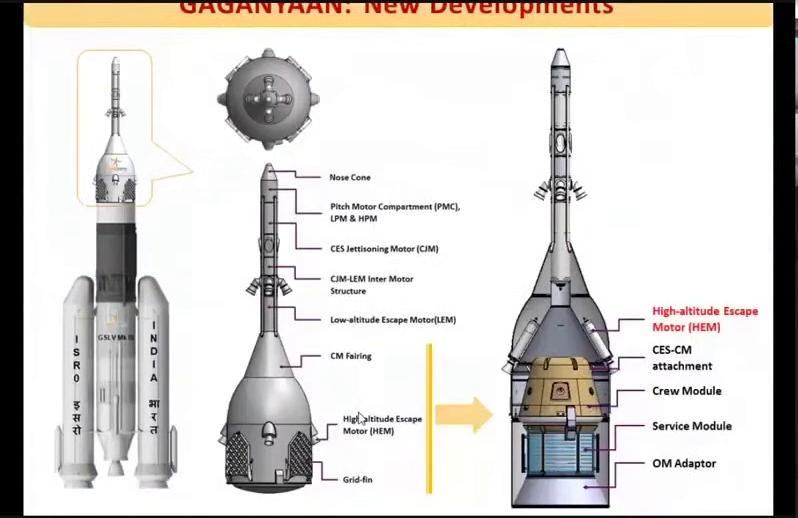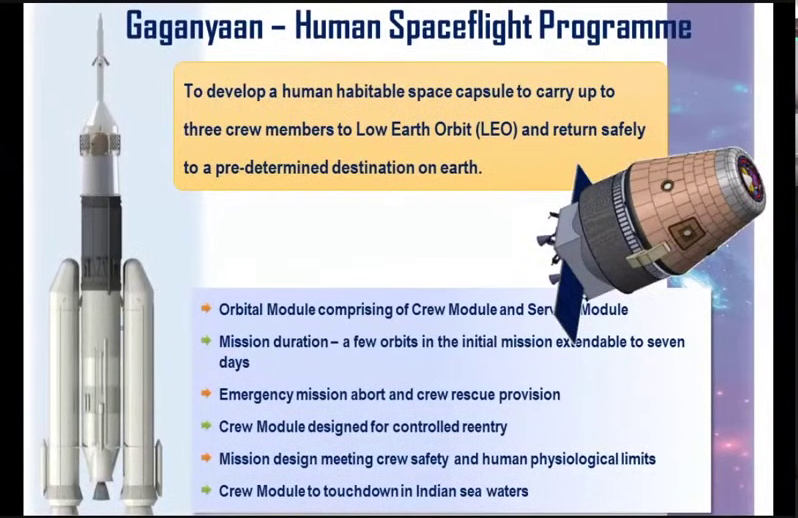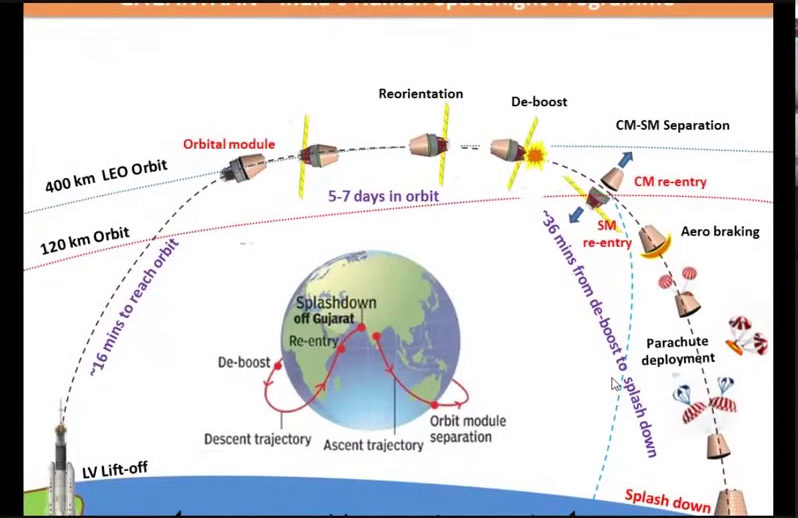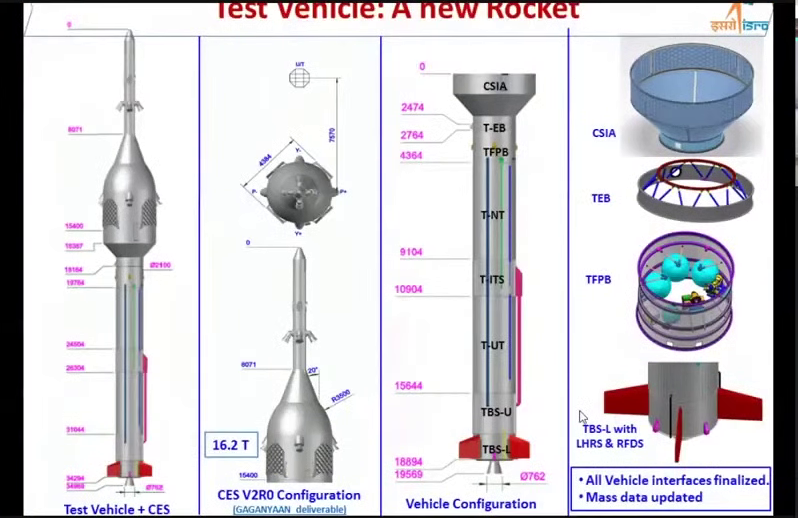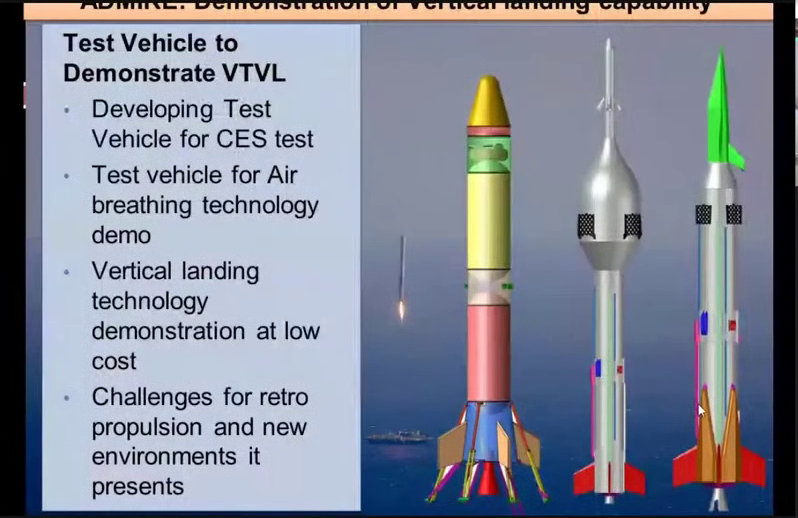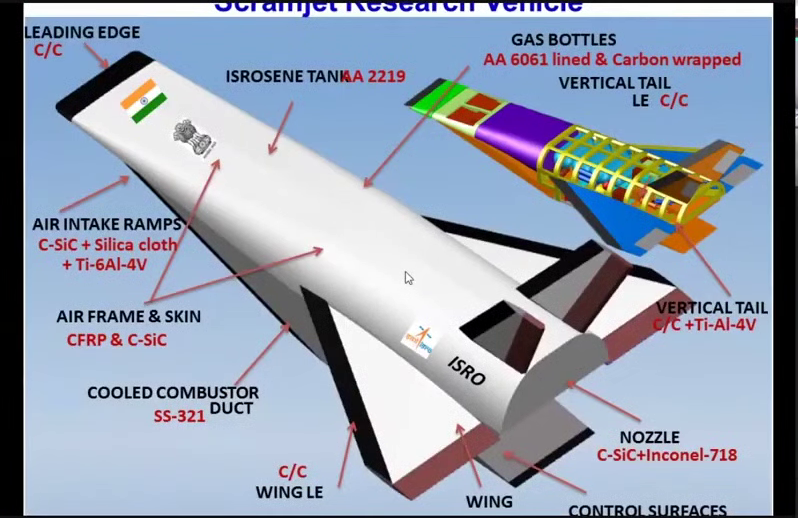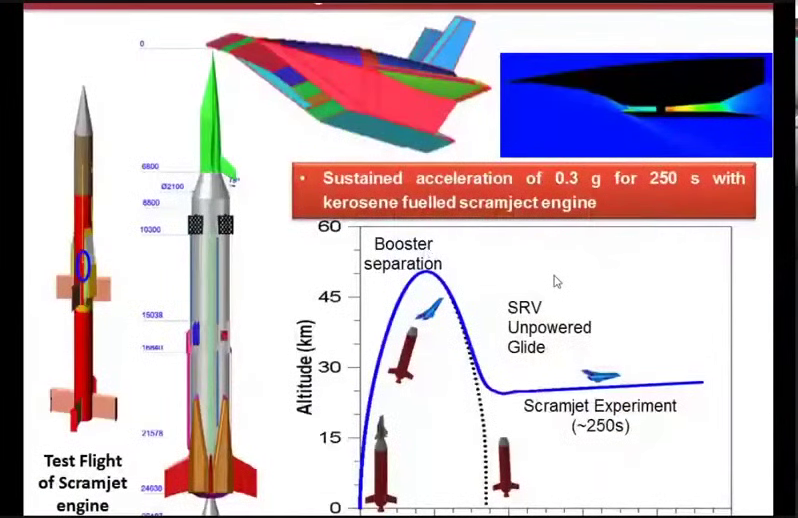Some thoughts on the Indian Navy's nuclear-powered attack submarine (SSN) program, known by different names including Project-75A, Project-76 or simply "Indian SSN".
THREAD 🧵👇
(Representative image below credit to @IndiaToday's @Nilanjandas72)
THREAD 🧵👇
(Representative image below credit to @IndiaToday's @Nilanjandas72)

There is lots of speculation on how the Indian SSN could look, what weapons it could carry & what capabilities it might possess. I'll try to go over a few technology-related possibilities that could hold great influence on how the design might ultimately turn out. 

The most important component of a nuclear-powered submarine is undoubtedly the nuclear reactor. And on that topic, firstly we must understand one thing:
You don't design a reactor to fit into a submarine. You design a submarine to fit around the reactor.
You don't design a reactor to fit into a submarine. You design a submarine to fit around the reactor.

With that in mind, lets examine the 2 reactor options we are likely to have. Namely the CLWR-B1 and CLWR-B2, both are Pressurized Water Reactors (PWRs) built by Bhabha Atomic Research Centre (BARC).
CLWR = Compact Light Water Reactor
CLWR = Compact Light Water Reactor
The B1 is already used on the Arihant-class SSBNs, where it produces about 83mwT (megawatt thermal) using 40% enriched HEU fuel. 

Now this is where I step off into hypothesis. I believe the B1 PWR is heavily based on the Soviet VM-4 reactor, designed by NIKIET. This is the same type that powered the Charlie-class SSGN that India leased between 1988-91.
These leases happened for a reason...
These leases happened for a reason...

...Namely, to train & certify a full crop of naval engineers on operation of a particular reactor type and to understand its characteristics. It takes a long time to do so and it makes no sense to train them on a particular type only to go and operate a totally different one. 

The VM-4/4SG PWR produces a similar range of power (70-90mwT), with the one large modification being the switch to 40% enriched U compared to 20% enriched which the Charlie used. This was likely necessitated because shortened refuel cycle would be detrimental to deterrence role. 

The 2nd type of PWR to consider is the B2 (190mwT).
Again, the lease of Akula-class SSNs has a huge role to play here. I believe the B2 has a lot in common with the OK-650B reactor, designed by OKBM Afrikantov.
What's the OK650's output range? You guessed it...same 190 mwT.
Again, the lease of Akula-class SSNs has a huge role to play here. I believe the B2 has a lot in common with the OK-650B reactor, designed by OKBM Afrikantov.
What's the OK650's output range? You guessed it...same 190 mwT.

Again, there is a reason why the Akula-class was specifically chosen, and why the next SSN lease (or rather, two more) will also be of the same class, with the same reactor.
So its obvious that we are set on the OK-650 as the basis for the next generation of Indian N-sub PWR.
So its obvious that we are set on the OK-650 as the basis for the next generation of Indian N-sub PWR.

Now that the reactor choices are clear (either B1 or B2), let's try to deduce what the Indian SSN could turn out to be like if we choose either of the two options:
~90mwT PWR
vs
~190mwT PWR
~90mwT PWR
vs
~190mwT PWR
Let's consider a B1-based design first.
This would be in line with (one of) the prevailing hypotheses that the Indian SSN would pretty much be "Arihant without Silos".
This would indeed be the most affordable & quickest way to get SSNs in hand. Let's call this Alpha-class.
This would be in line with (one of) the prevailing hypotheses that the Indian SSN would pretty much be "Arihant without Silos".
This would indeed be the most affordable & quickest way to get SSNs in hand. Let's call this Alpha-class.

Now let's consider pros & cons of both. As I said before "submarines are built around reactors", a B1-based PWR would mean Alpha has to be very similar in design to Arihant in terms of beam (diameter), but shorter (thanks to omission of missile tubes) & perhaps displace 5k tons.
This could pretty much allow all existing upstream suppliers & companies to be carried forward, cutting down on both time & money requirements to get boats in the water ASAP, the existing production line could be easily repurposed wherever possible.
While Alpha has the maximum pros wrt cost & timelines, it also has maximum cons wrt design & capabilities.
The B1 reactor was never intended for a hunter-killer platform. The Alpha could well find itself at a serious power disadvantage against future PLAN 095 SSNs...
The B1 reactor was never intended for a hunter-killer platform. The Alpha could well find itself at a serious power disadvantage against future PLAN 095 SSNs...

...in order to offset that, the Alpha may need to be a LOT quieter. If Pump-jet propulsor & possible application of NEP (Nuclear-electric propulsion; silent electric motor replacing noisy reduction gearing) are adopted, this could be possible.
Otherwise likely 2 b disadvantaged.
Otherwise likely 2 b disadvantaged.

Either way, the Alpha would not be the ideal platform to chase down & destroy hostile surface task forces.
Any extra additions like cruise missile VLS would further burden the power requirements, compounding its speed disadvantage.
Any extra additions like cruise missile VLS would further burden the power requirements, compounding its speed disadvantage.
The B2-based design could require almost a complete overhaul of infrastructure and would essentially be a new design with little in common with what we built so far.
We may even have to change the Beam (in submarine parlance, basically the width of the hull), increasing it.
We may even have to change the Beam (in submarine parlance, basically the width of the hull), increasing it.

We essentially have to train a fresh crop of engineers on this reactor type, re-tooling our infrastructure & re-designing critical components of submarine hull (a process we've been doing for nearly a decade now, it can be argued; Akula lease started in 2012).
The resulting design may actually end up resembling the Project 705 Lira...not because of any underlying similarity (Lira uses a different type of reactor for a totally different doctrine), but because Lira essentially resembles a "Akula Jr." in terms of design language. 

While being the least conducive toward cost & timelines, the Bravo-class however entails the maximum pros in terms of capabilities.
If the Akula's noise-reduction techniques were observed & adapted (very likely), they could be MUCH more silent than PLAN subs of today.
If the Akula's noise-reduction techniques were observed & adapted (very likely), they could be MUCH more silent than PLAN subs of today.

This, if combined with a Pumpjet & NEP (hopefully acquired via French collaboration; more likely now than ever I'd say), would result in a TRULY SILENT boat that could even surpass the Yasen/Severodvinsk and hopefully begin to approach Barracuda levels of stealth. 

With 190mwT & ~45% enriched HEU, Bravo could not only run circles around PLAN SSNs, but also keep doing so for longer periods considering PLAN subs use 5% enriched LEU, requiring much more frequent refueling (once every 6 yrs or so, compared to 45% HEU which COULD go upto 15 yrs) 

The extra power surplus could also enable the onloading of additional mission sets - like vertically-launched cruise missiles.
Though, IMO, what we need from the Indian SSN is a Seawolf, not a Virginia. The Arihants, once replaced by S-5 class, can take on the SSGN role instead.
Though, IMO, what we need from the Indian SSN is a Seawolf, not a Virginia. The Arihants, once replaced by S-5 class, can take on the SSGN role instead.

@strategic_front @BlackIAdder @IndianDefenceRA @KushalSinha001 @GODOFPARADOXES @SandeepUnnithan @sneheshphilip @Iyervval @arpitkanodia30 @singhshwetabh71 @ThingsNavy @CovertShores
Also, given that the future S-5 SSBN (estimated to be 13,500 tons or thereabouts), which should share timelines with the SSN program, is very likely to use the CLWR-B2, a very strong case can be made that a common reactor for SSN & SSBN makes a lot of sense. Thanks to @ashwinm! 



By the way, huge thanks to @CovertShores for many of the brilliant artworks shown in this thread!
P.S. They were all drawn in MS Paint 🤯
P.S. They were all drawn in MS Paint 🤯
• • •
Missing some Tweet in this thread? You can try to
force a refresh












